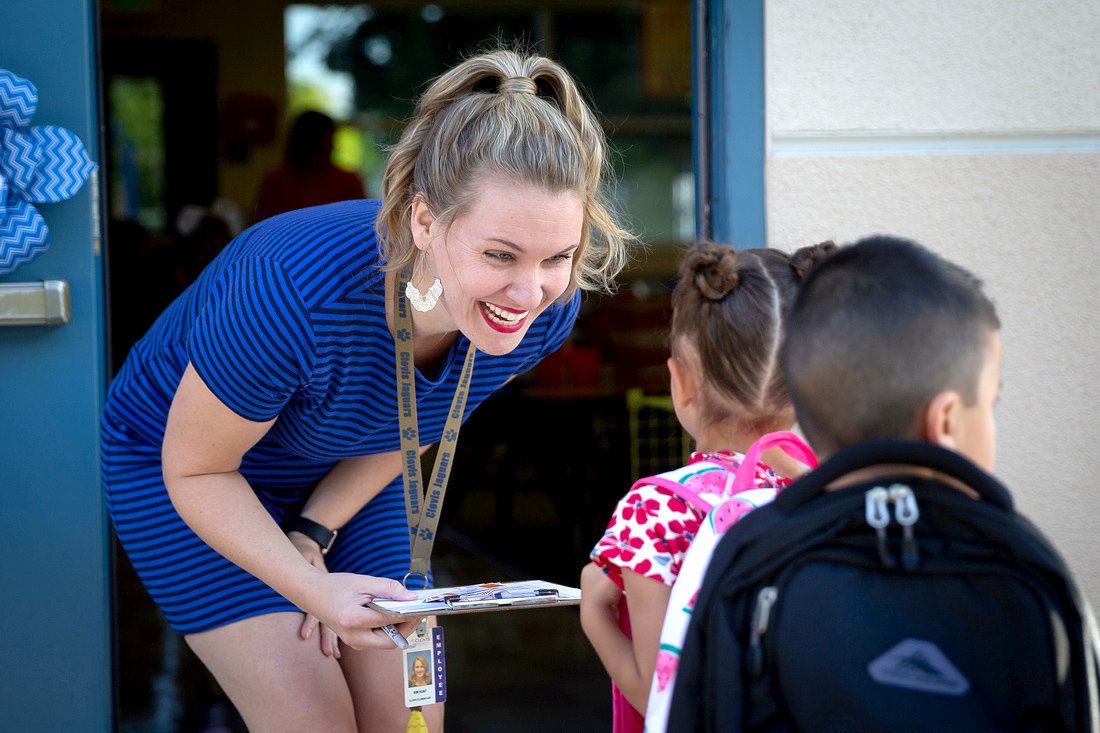
Education hasn’t been one of Fresno County’s strongest points over the years. An alarming statistic is that more than 50 percent of students attending a school in the county fail to read on grade level by the time they reach the third grade.
That, along with other troubling facts, inspired Linda Gleason to do something to change the outcomes of students for the better.
Making Every Child a Priority
Her best effort culminated in the creation of the Children’s Movement of Fresno (TCM) – a nonprofit organization dedicated to informing and supporting individuals, businesses and community leaders in Fresno County to make the well-being and education of children a priority in every decision.
Since its inception in 2012, the organization has been instrumental in helping six county school districts achieve a 20-percentage point increase in third grade reading.
That kind of improvement, Gleason said, is what happens when faith meets hardworking, committed people.
“Our initial idea was to identify a shared goal, one that we can make an individual and collective commitment to and we chose third grade reading,” said Gleason at the organization’s 8th annual State of Our Children Breakfast last week at Clovis Veterans Memorial District.
The collaborative approach TCM took to improving reading scores not only strengthened the organization, but it set it on the path to building the civic infrastructure that is now in place, Gleason said.
That infrastructure consists of 10 sectors, 66 partner organizations and thousands of members. Together, it’s what has helped 19 dual enrollment students in Tranquility High School graduate with their diploma and an Associate’s degree simultaneously.
Poverty Also An Issue
But there’s more than education that needs attention. There’s also the increase in poverty.
Over 255,000 county residents live in poverty. In 20 of the county’s 32 school districts, 84 percent or more students receive a free or reduced lunch, according to Cradle To Career, a community-based partnership working to strengthen education and community support systems and improve key educational and health outcomes for all children in Fresno County.
That’s a serious problem that David Lawrence, Jr. believes is detrimental to students’ success.
“Forty percent of your children live in the full federal definition of poverty,” said Lawrence, Jr., the event’s keynote speaker. “If we lose these children, we will lose what they might invent or research or discover.”
Considering All Children
In order to build a real movement, Lawrence, Jr. said, every child needs to be taken into account.
“It is impossible, literally impossible to build a real movement for those children however well intending you might be,” he said. “You can only build a real movement when you think of all children.”
Working Together Is Key
Andrew Feil with Every Neighborhood Partnership, believes TCM has been successful in its efforts because it understands the importance of collaborating with professionals from different disciplines to help change education for the betterment of all students.
“We are all in our own silos of education so this event and the work they are doing brings everybody together to say ‘if we care about kids, we actually have to think about policy and systems all together and not separate,”’ Feil said.
Preconception To Age 5 Blueprint
In spite of all it has accomplished so far, Gleason said there is much more work to be done, which is thoroughly listed in a handbook titled, “Preconception To Age 5 Blueprint For Funding and Advocacy.”
The handbook contains six priority areas and 55 strategies with a five and 10-year timeline attached. Many of the strategies are designed to explicitly address disparities, Gleason said.
“The blueprint represents the most comprehensive, cross sector, multi-agency effort ever undertaken to make a meaningful difference in the lives of our youngest children and their families,” Gleason said. “The next step in our collaborative work is to embed priority strategies outlined in the blueprint into the fabric of the community to affect lasting change.”
Among the top priority areas include acquiring a better understanding of how to reduce preterm birth rates, how to provide more safe and secure housing, access to healthcare, vision screening and food security.
“We need all hands on deck more than ever during the next year,” Gleason said. “We are a community on the move, and I am looking forward with excitement and gratitude.”








